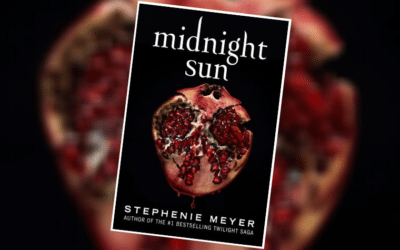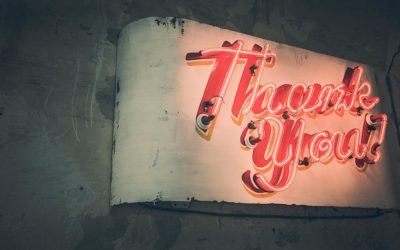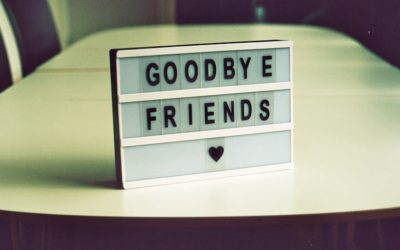If you’ve seen any previews for this show you are under no illusions that you’re in for a super wholesome ride. It’s called Harlots for good reason, and it’s not just because the corsets are super effective.
A show that highlights and examines the sex trade in 18th century London should be full of madonnas and whores, tropes and tramps. But this one is simply full of females. Female relationships of every ilk: sisters, colleagues, rivals, business owners, lovers, slaves, mothers, daughters. I will not start singing that horrible Meredith Brooks song. But I will get the ear worm stuck in your head.
Harlots centers around two London bawds, or madams, from different sides of town but who are intimately connected in rivalry. The main character, Margaret Wells, played by Samantha Morton, is trying to move her establishment to a better area with better clientele. Her inimitable rival, Lydia Quigley (Leslie Manville), is machiavellian in her efforts to thwart her, stealing girls, trumping up charges and hiring thugs. Their rivalry is the fulcrum that the plot balances on, but the stakes remain with the relationships.
Margaret’s daughters, Charlotte (Jessica Brown Findlay – LADY SYBILL!!!) and Lucy (Eloise Smyth) have had their own introductions into the family trade via their mother’s business acumen. Charlotte’s being kept by a baronet, Sir Howard, who is attempting to sign her into a binding mistress contract by offering her pineapples. She’s holding out for something better.
Sir Howard, by the way, is such a dandified fop that he provides the perfect foil for Charlotte. He’s a peer. She’s a courtesan. But he’s ridiculous, callow and spoiled. She’s calculating, regal and winning.
Lucy, her sister, is still a virgin whose flower will go to the highest bidder. I expected this plot thread to play out for some time through several episodes, but it’s taken care of by the third, and in unexpected fashion. Just as her mother takes control of the bidding with some curious accounting, Lucy takes control of the goods by her own design.
The rest of the cast of females is populated by harlots who span the spectrum of age, race and size. They have personality, agency and despite the show being about sex – they have power. So far, even sensitive subject matter, like sexual assault, has been handled with delicacy and honesty and – catch this tidbit – off screen! One character is pursued and brutally assaulted after being sold to a sadistic client, but the focus is on her mental state before and after, not the physicality of her abuse.
And while it’s about sex, surely, there is very little that’s exploitative. There are more (goofily thrusting) male butts than female breasts. But what makes it less like the sexposition that Game of Thrones popularized, or even the intimate titillation of Fraser-sex on Outlander is the mundanity. It’s copulation. It’s work. It’s underpinning everything, but it’s not everything.
Best of all – it’s decadent and ridiculous. The costumes are historically accurate, but unlike every movie you’ve ever seen about Jack the Ripper or Covent Garden, it’s not “A Harlot’s Life in Greyscale.” It’s bright and opulent. The beauty marks are grotesque. The follies have an air of silliness. The soundtrack is modern. The brothel madams laugh loudly and tell bawdy jokes. The girls fart and sweat and smile when favorite customers come to see them.
You’ll have heard this already if you’ve seen any info on Harlots, but not only is the show about and from the POV of women, it’s created-written-and-directed by women. And that has made all the difference. In the gaze. In the dialogue. In the characters. In the dresses. In the tone. As Charlotte tells one sanctimonious male character who’s dogging her and refuses to just let her live: “I don’t think you’re a dog at all, Mr. Haxby; I think you’re a bitch.”
Feminist and fun. TV doesn’t get better than that.
Harlots airs Wednesdays on Hulu in the US and on ITV Encore in the UK. Tonight is episode 4 and apparently there is a masquerade.
Have you checked out Harlots yet? Who’s your favorite?





